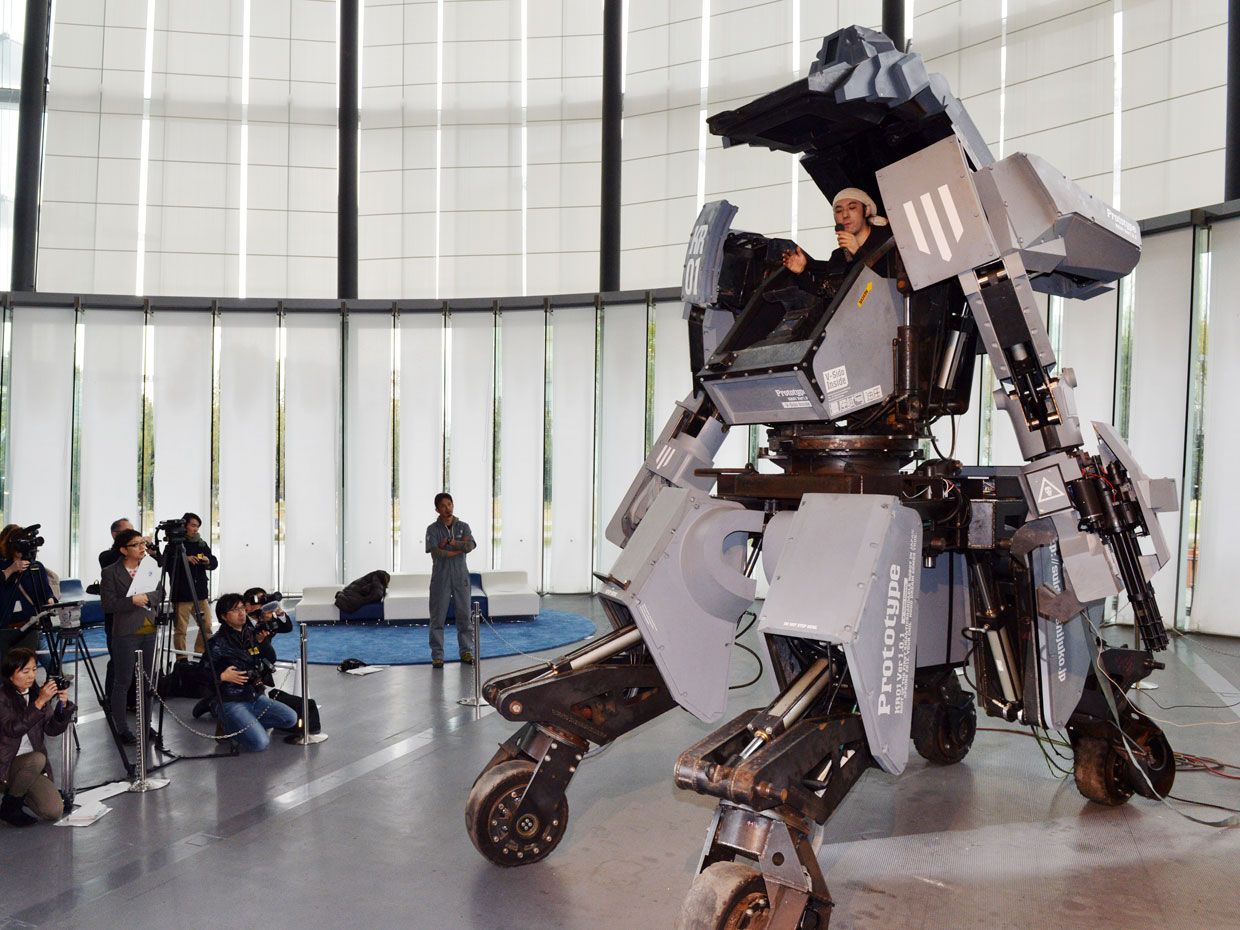DIY
iCandy: A Better View
A panoramic vision system, an eye tracker, and a 3-D model of a fetus
28 Jan 2013
▲
▲
▲
▲
▲
▲
▲
▲
▲
▲
[clickimagelink_new]https://spectrum.ieee.org/slideshow/geek-life/tools-toys/icandy-robots-and-us[/clickimagelink_new]
▲
If you are viewing this page with an iPad or iPhone, click here to launch the slideshow:
/ns/slideshows/12SS_iCandy_ipad1a/index.html
industrial technology center of fukui prefecturetype:slideshowgochernobylflyviztwitterkogoro kuratafifatools and toys
Willie Jones is an associate editor at IEEE Spectrum. In addition to editing and planning daily coverage, he manages several of Spectrum's newsletters and contributes regularly to the monthly Big Picture section that appears in the print edition.
